
Lower School Kindergarten-Grade 1: Building on a Love of Learning
Fully-integrated Academic Curriculum Enriched with Art and Music
Project-Based Learning Where Students Learn Problem-Solving Skills Through Hands-On Activities
Frequent Field Trips Reinforce Classroom Learnings
Guidance and Exposure to Many Forms of Writing, Reading, and Math Throughout the School Day
9-1 Student-to-Teacher Ratios
Daily Morning Worship Service with the Whole School
Social-Emotional Skill Acquisition with an Emphasis on Empathy, Kindness, and Collaboration
Sample Curriculum
KINDERGARTEN READING
Most literacy instruction happens in small groups or in a workshop model. Teachers meet daily with small groups of kindergarten students for explicit instruction in foundational reading skills as well as handwriting. As students become fluent in handwriting, they begin to participate in a writing workshop where they learn the conventions of writing while expressing their ideas through varied writing projects. In the writing workshop model, students receive whole group and individual instruction from the teachers, as well as feedback from peers as students share their work with each other. Introduced to leveled texts based on ability level in a small group context, students learn strategies for identifying words, including decoding, and practice sight word vocabulary. Emphasis is placed on patterned books that promote proficiency and a positive self-concept in relation to reading.
In addition to immersion in a language-rich environment, students acquire these primary academic, social, and emotional skills that contribute to their confidence as a member of a scholarly community:
Focusing and sustaining attention
Persevering when encountering difficult tasks
Making and maintaining friendships
Managing and caring for materials
Creating and following a plan
Identifying and regulating emotions
Seeking help from trusted peers and teachers
What will students learn?
The balanced literacy program used in kindergarten is composed of units of study from Fountas and Pinnell’s Phonics and Guided Reading program and the multi-sensory approach to learning letter formation from Handwriting Without Tears.
“Foundational skills are essential for any child learning to read. An emerging reader needs to be able to sustain attention, persevere and regulate their emotions, engage in work without distraction from peers and environmental stimuli, follow through on objectives, and ask for help when needed. ”
The Studio
The Studio is a maker space for Early Childhood students and it serves two functions. First, it is a place where students can encounter a variety of materials and artistic techniques that have expressive properties. Students express themselves in the languages of paint, clay, collage, drama, blocks, and more! A Reggio Emilia approach allows for these expressive languages to weave together cognitive skills and imagination in a way that leads to a richer understanding of the world. Work in the Studio supports the development of 21st Century Skills like creativity, communication, and critical thinking. It’s a place where arts and sciences meet.
The second function in the Studio is to provide opportunities for both autonomy and cooperation in a way that supports the development of executive function skills in the brain. Self-regulation develops through pretend play. Collaboration builds language skills that support planning and reflection. Parents often ask how our students achieve such beautiful artistic results. Our answer is that teachers carefully teach procedures and routines so that the art languages are tools for children to express their ideas clearly through the arts. Learning these procedures, however, also primes the brain to build procedural thinking so that learning the processes of grammar, math, inquiry, and problem-solving come more naturally. Working in the arts helps young children learn how to learn.
In the Studio, students engage with large, ongoing projects as well as smaller, independent activities. Much of the integrated curriculum of science and social studies is embodied in the Studio work.
“After studying Van Gogh’s Starry Night and working on a collaborative piece in the same style, children wanted to create their own version of Starry Night that includes their view of New York City. To prepare to add this to their painting, we took a trip to the waterfront, braving the cold to draw the skyline. Children will use their drawing to cut out buildings for their paintings.”—Ms. O’Dowd
Images from the Kindergarten Year
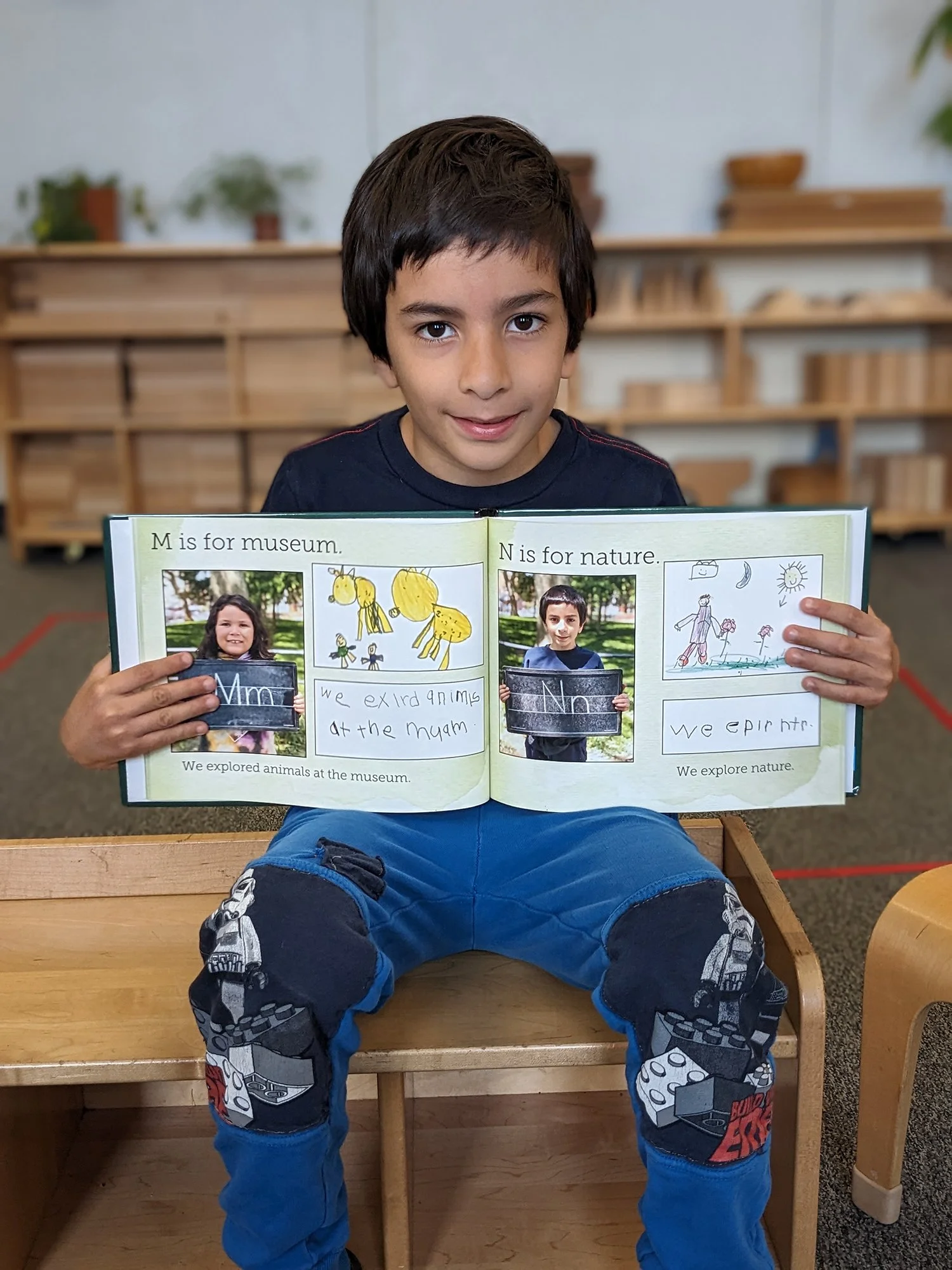

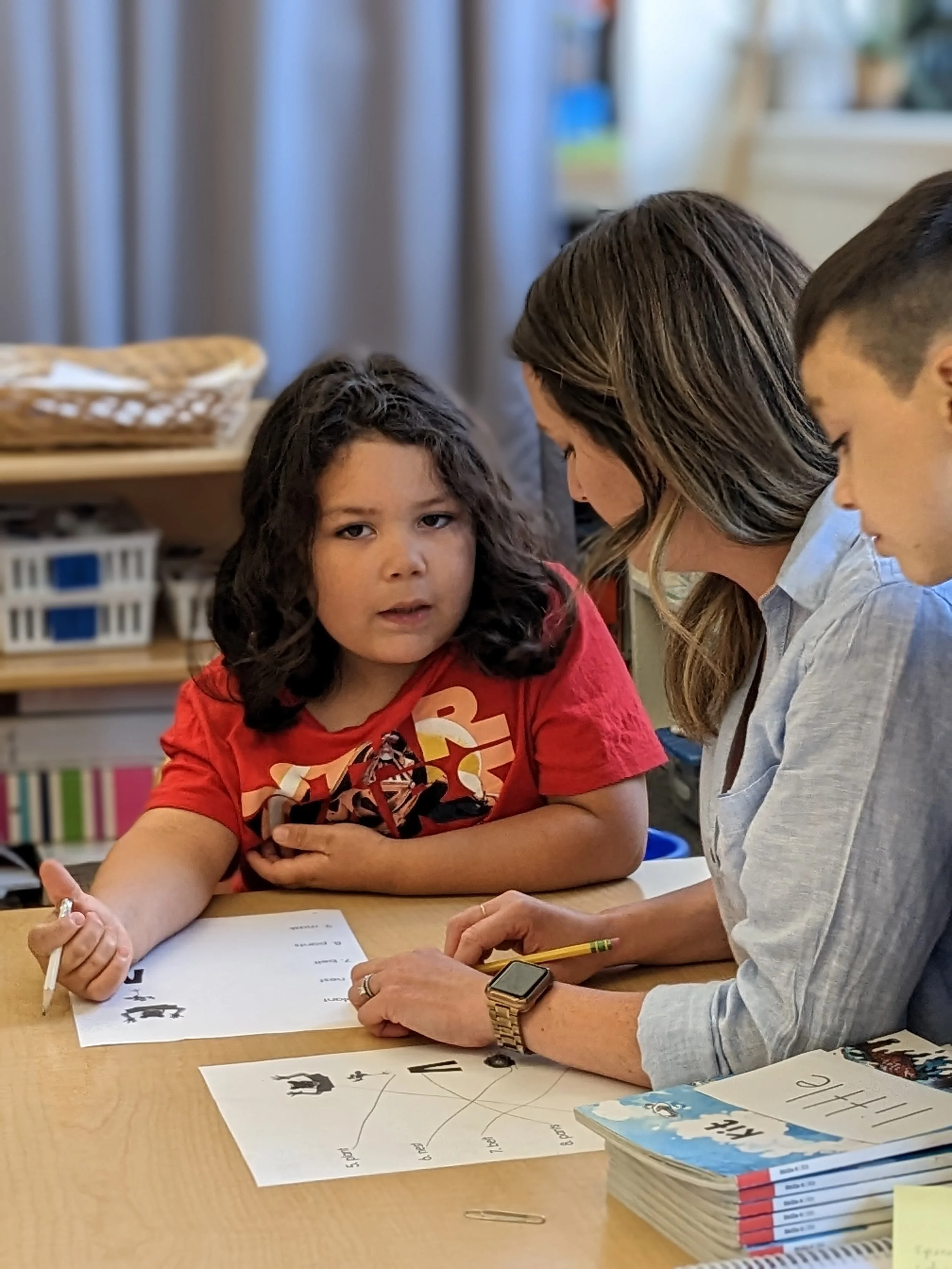

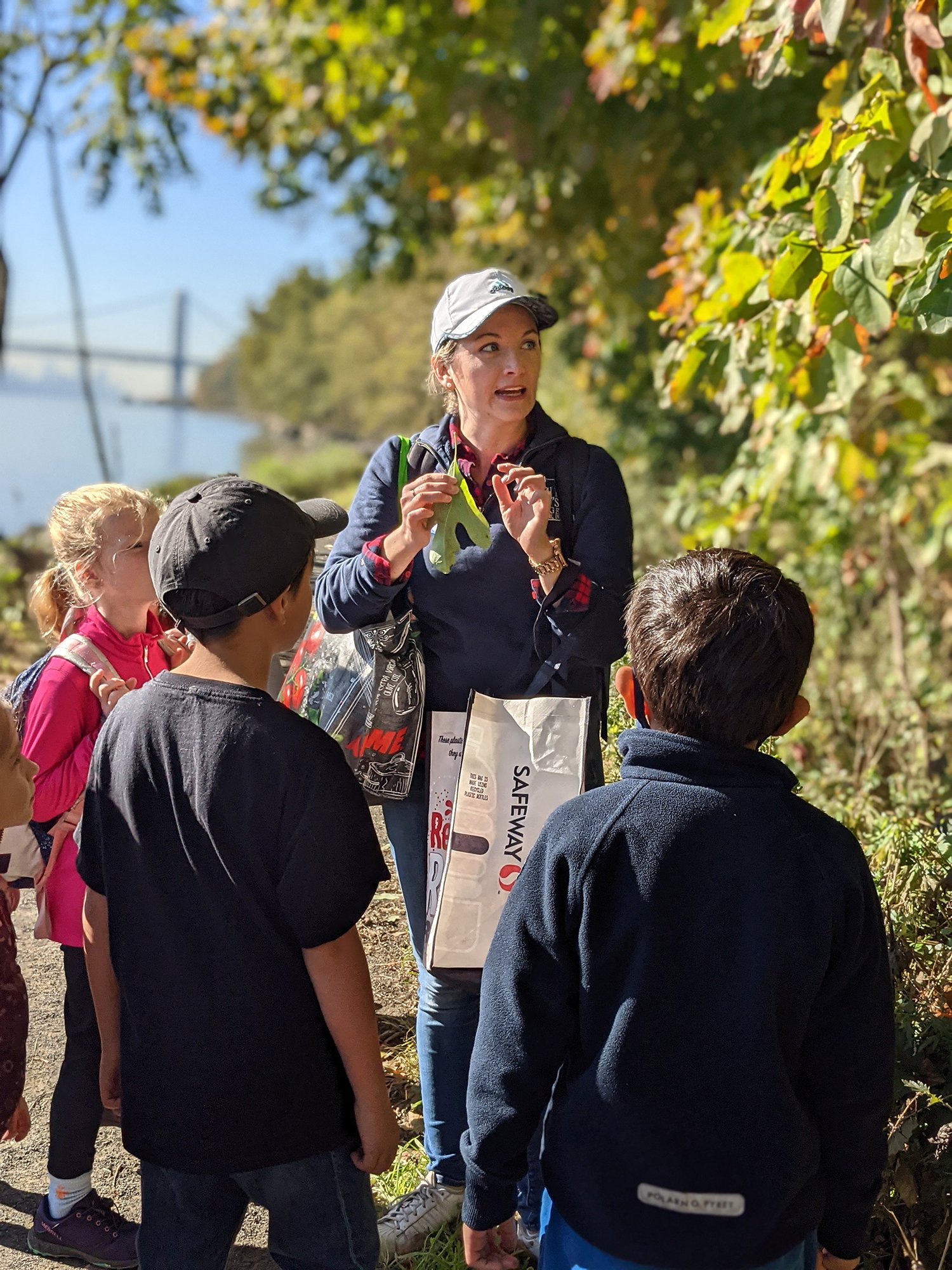

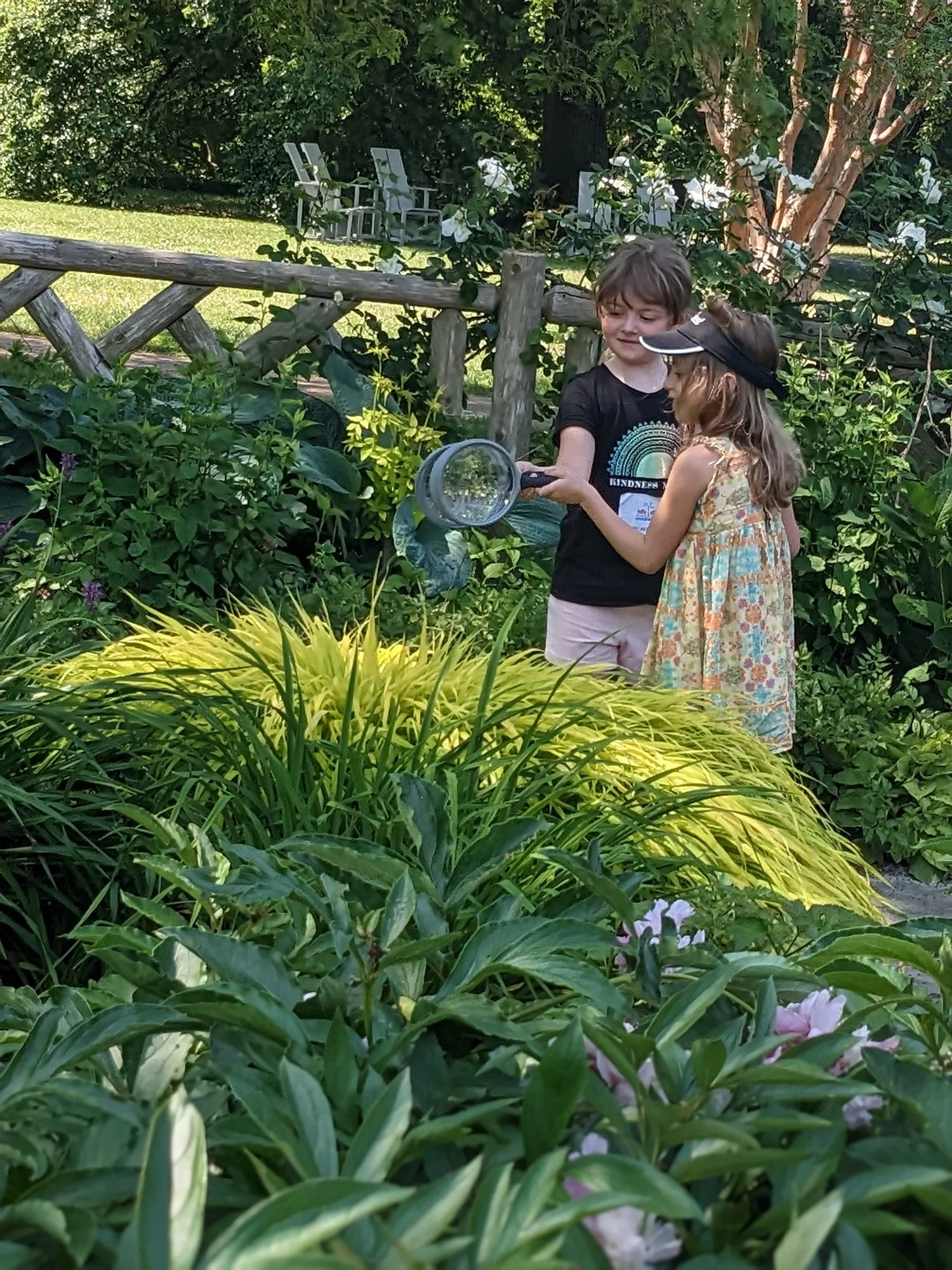

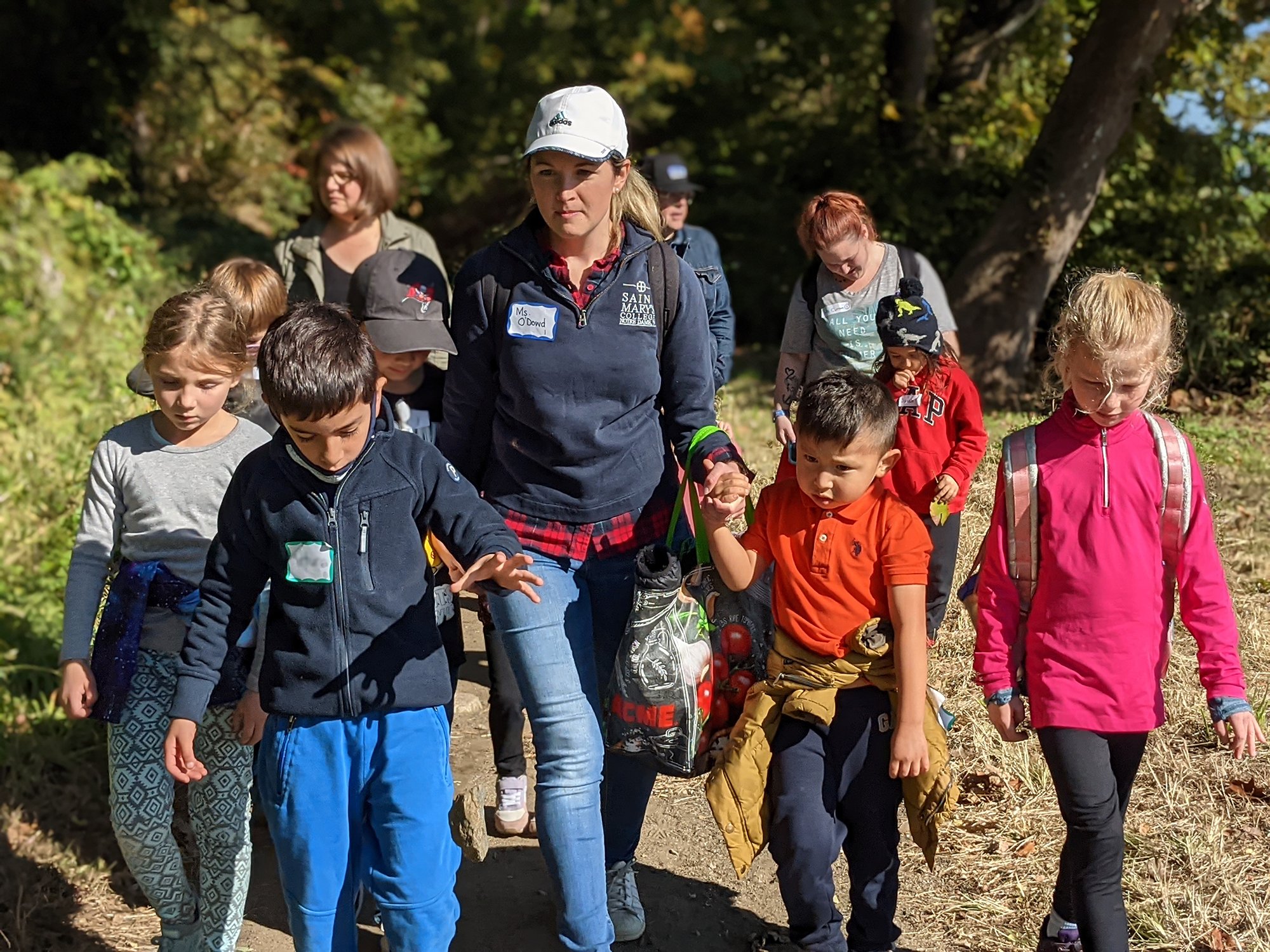

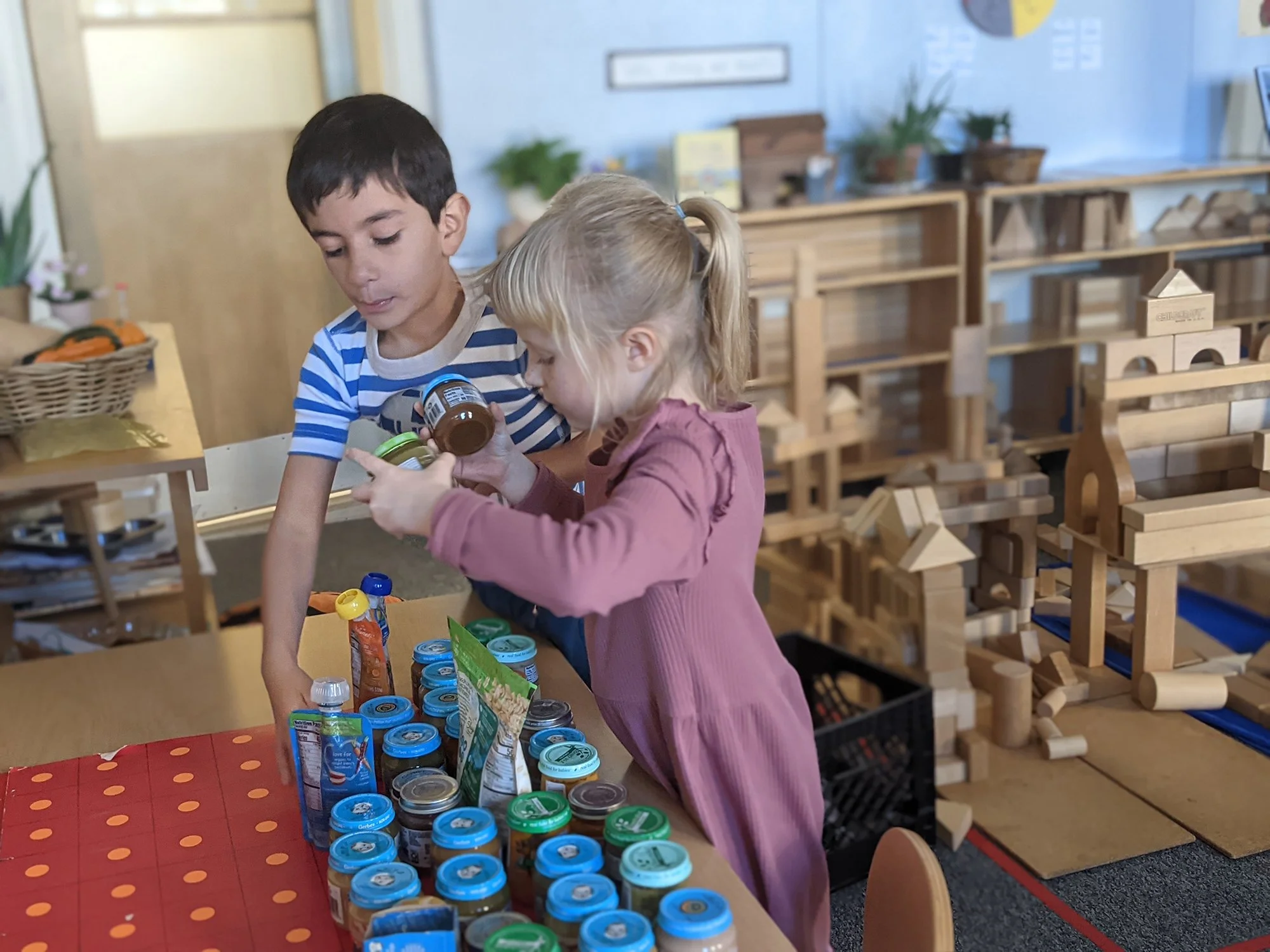
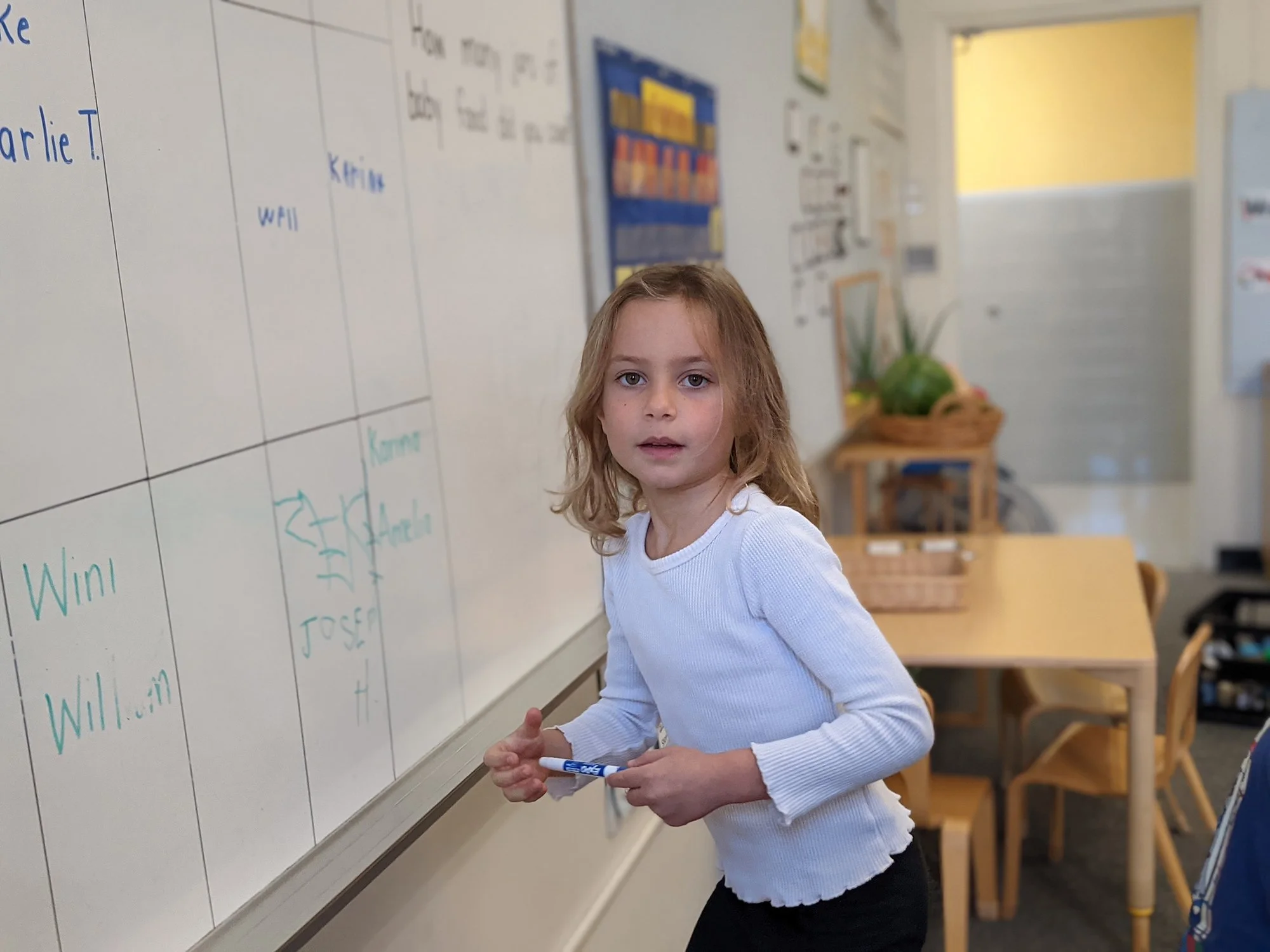
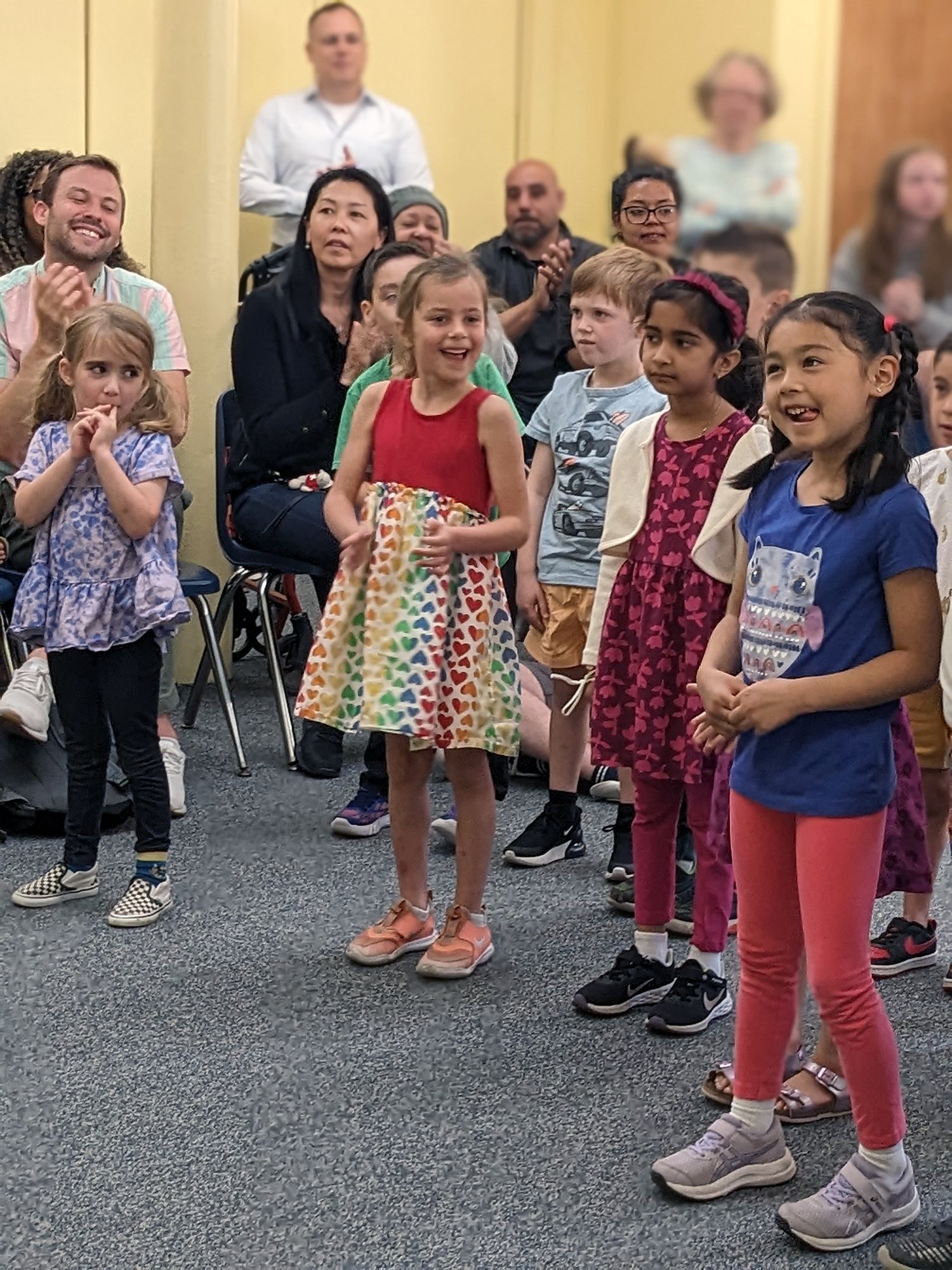


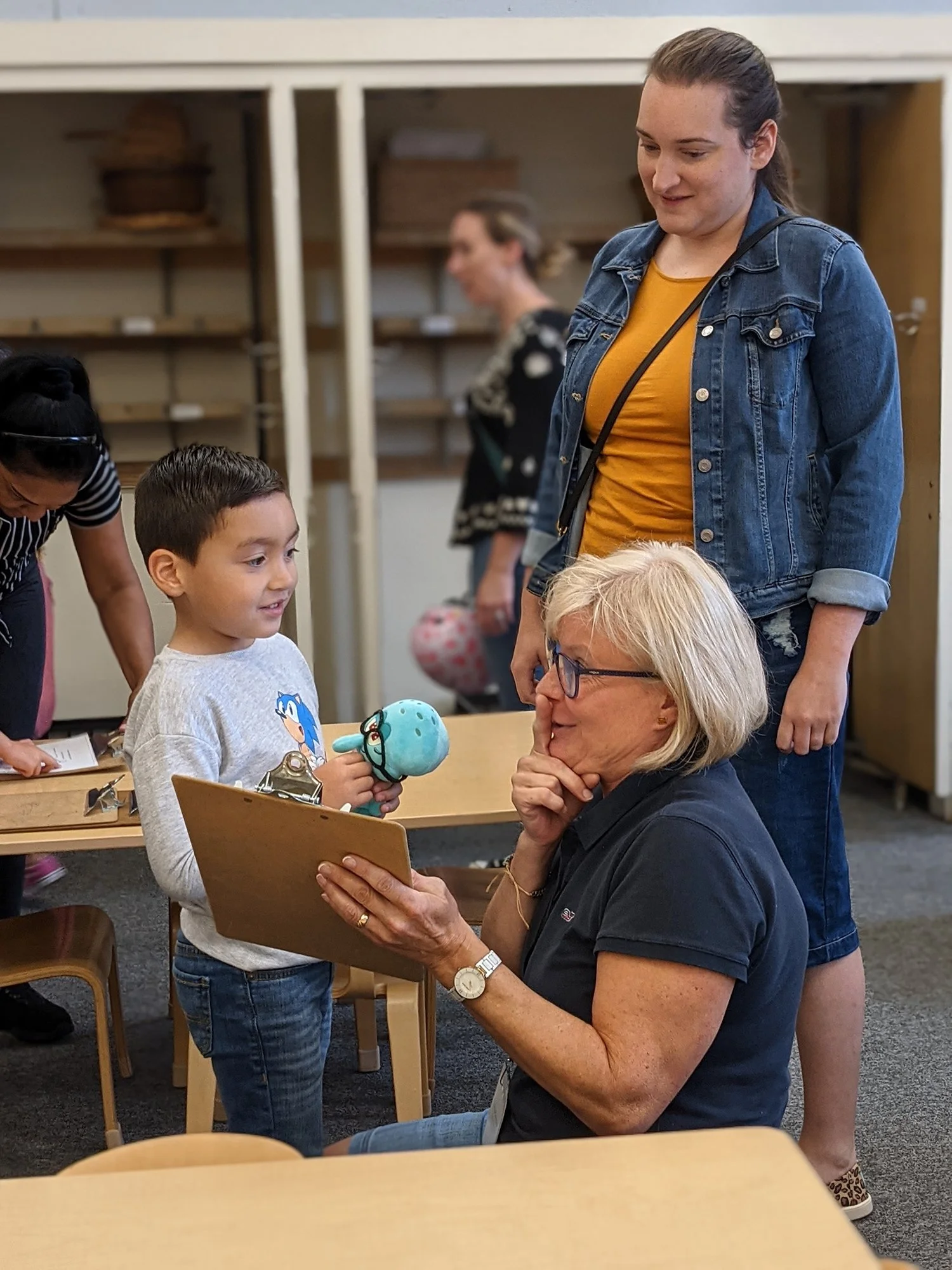
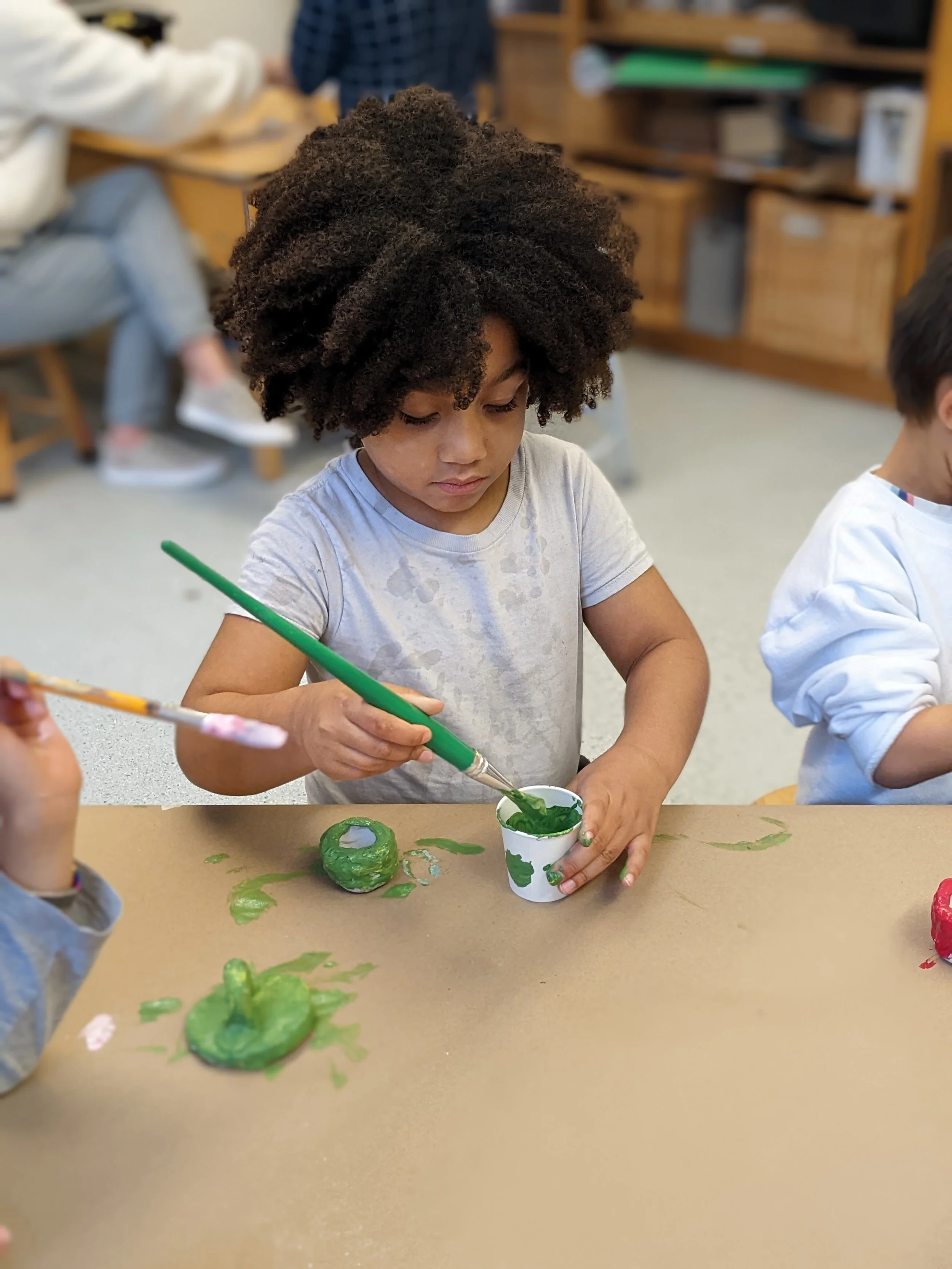



First Grade Investigations
Integrated Curriculum in Thematic Studies
In their study unit on birds in first grade, Mustard Seed students will read stories about birds as a class, individually and in small groups. They will study common characteristics of birds in science, paint and draw birds in art, build nests and pretend to be birds in dramatic play, write stories about birds, and engage in memory games with bird playing cards. They will consider the problems that birds face and how they solve them. Each child selects a bird that they find particularly delightful and are challenged to become the classroom expert on that bird. On a field trip to Wave Hill, they might identify different species of birds by their song and imitate the sounds, or use binoculars to search for nests among the trees. They will take a break from hiking through the woods in a clearing to enjoy a lollipop with their friends and write in their Field & Forest Journal. Like every study unit, students experience a full immersion that spans traditional academic subjects. This interdisciplinary practice builds a learning environment conducive to big-picture complex analysis and prevents students from labeling themselves as “not a science person” or “not interested in the arts.”
During her more than 20 years at Mustard Seed, First Grade Teacher Ms. Brasser has taught hundreds of children to read, write, begin algebraic thinking, and to love learning. She was a member of the first MSS expedition to Reggio, Italy in 2012 to observe and train with the original Reggio Emilia school for a week, along with 50 teachers from all over the world.
Sample Curriculum
FIRST GRADE MATH
Operations and Algebraic Thinking
• Represent and solve problems involving addition and subtraction
• Understand and apply properties of operations and the relationship between addition and subtraction
• Add and subtract within 20
• Work with addition and subtraction equations
Number and Operations in Base Ten
• Extend the counting sequence
• Understand place value
• Use place value understanding and properties of operations to add and subtract
Measurement and Data
• Measure lengths indirectly and by iterating length units
• Tell and write time
• Represent and interpret data
Geometry
• Reason with shapes and their attributes
Fall science study in first grade revolves around questions about water. How can we find water in our world? How does it behave? An investigation into the properties of water and states of matter is intertwined with the fall term social studies unit about explorations by sea as well as the mini-term social studies unit about the Arctic and Antarctic. In this investigation, students explore how water behaves in demonstrations and experiments. They investigate water movement, density, flotation, and buoyancy using the words: flow, cargo, capacity, sink, and float. Students learn how to make predictions, observe, record data, and draw conclusions. The water cycle is explored throughout the quarter as students learn about states of matter and these terms: dissolve, absorb, cohesion, viscosity, and surface tension.
Experiential Learning
After gathering objects from the classroom that would fit into a tub, like cork, marble, spoon and rubber band, the first grade class headed to the Studio to formulate and test their hypotheses. Using a chart developed by Ms. Brasser as a visual tool, students thought about the materials and then voted by raise-of-hand (with their eyes closed so no one would be swayed by the majority) whether each item would sink or float when dropped into a container of water. Ms. Brasser tallied their predictions on the chart and then students tested their theories. Collaborating in groups, they dropped the items into containers of water. Students noted that some objects would sink immediately while others would fall to the bottom if held under the water for a moment—an observation that would have been difficult to predict in theory. Following their hands-on experimentation, students returned to the chart to evaluate their theories.











